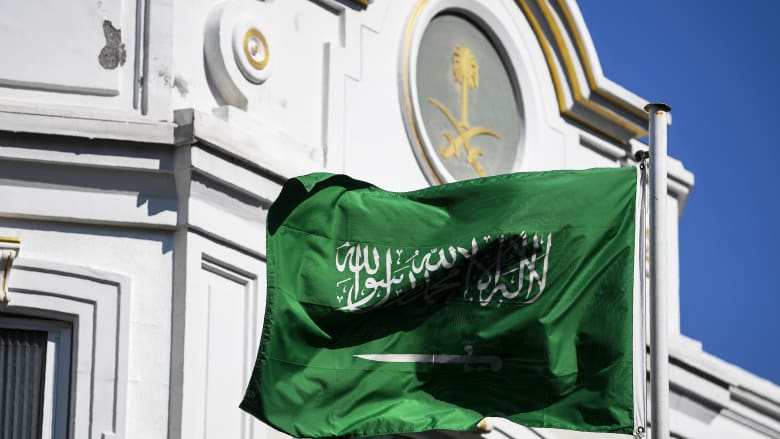Saudi Arabia’s annual inflation fell to 2.3% in July, down from 2.7% in the previous month, despite higher rents, official data showed Tuesday.
Furnishings, household equipment, and maintenance prices fell by 2.5%, while clothing and footwear prices declined by 3.9%, according to a report by the General Authority for Statistics (GASTAT).
The expenses for personal goods and services edged down by 0.6% during the same period.
Rent, which has a weightage of 21% in the Saudi consumer basket, was the main driver of the July inflation rate due to its importance. Actual rents for housing rose by 10.3% in July 2023, including an increase of 21.1% in rents for apartments.
The July inflation was also fueled by higher housing prices, water, electricity, gas, and other fuels (8.6%), and prices for food and beverages (1.4%).
However, on a monthly basis, consumer prices inched up by 0.1% in July 2023.
The Saudi economy grew by 1.1% year-on-year in the second quarter, a much slower pace than the previous quarter, dragged down by dwindling oil activities in the Gulf state.
Saudi's gross domestic product (GDP) growth was driven by a 5.5% rise in non-oil economic activities and 2.7% in government services in the second quarter, offsetting the 4.2% plunge in oil activities.
The kingdom's non-oil business activity eased in July after output surged to multi-year highs in the previous month. The seasonally adjusted Riyad Bank Saudi Arabia Purchasing Managers' Index slowed to 57.7 in July from 59.6 in June, the lowest since December 2022, although it stayed above the long-run average.
The International Monetary Fund (IMF) projected Saudi Arabia’s GDP to grow by 1.2% to 1.9% this year, according to its latest World Economic Outlook report.
Saudi Arabia has reported a budget deficit of $1.4 billion (SAR 5.3 billion) in the second quarter of 2023 amid higher spending on economic diversification efforts. Revenue for the second quarter stood at $84 billion (SAR 314.8 billion), while the expenditure increased 9% year-on-year to $85.3 billion (SAR 320.1 billion).










